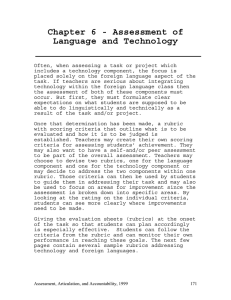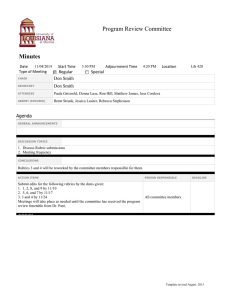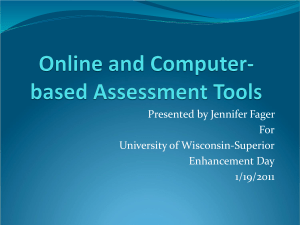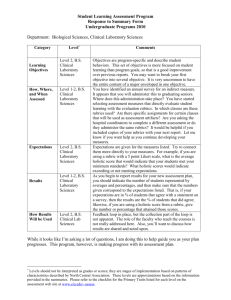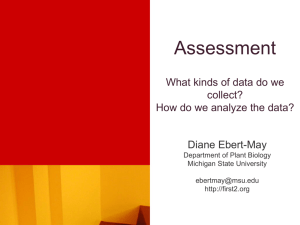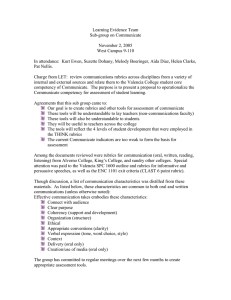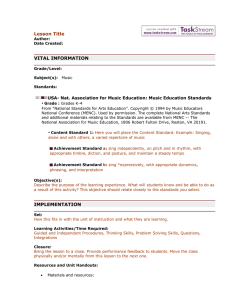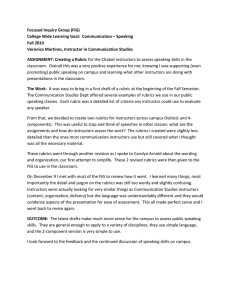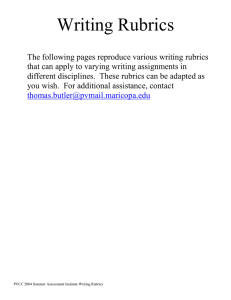Focused Inquiry Group (FIG) Fall 2010 Communication Studies 1
advertisement
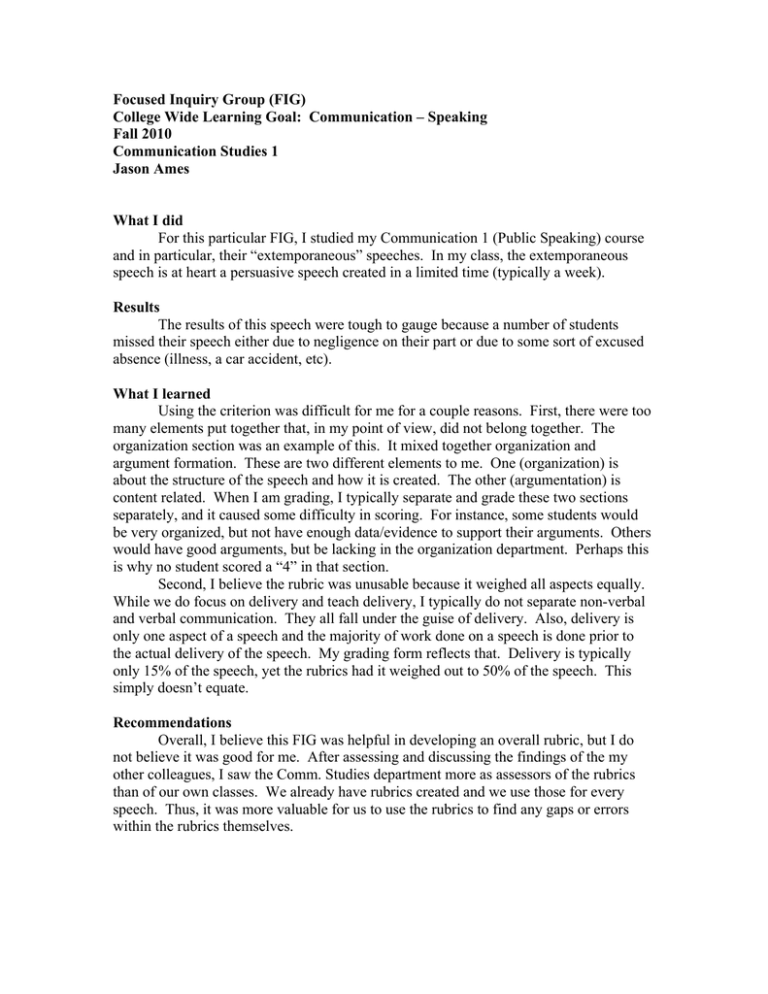
Focused Inquiry Group (FIG) College Wide Learning Goal: Communication – Speaking Fall 2010 Communication Studies 1 Jason Ames What I did For this particular FIG, I studied my Communication 1 (Public Speaking) course and in particular, their “extemporaneous” speeches. In my class, the extemporaneous speech is at heart a persuasive speech created in a limited time (typically a week). Results The results of this speech were tough to gauge because a number of students missed their speech either due to negligence on their part or due to some sort of excused absence (illness, a car accident, etc). What I learned Using the criterion was difficult for me for a couple reasons. First, there were too many elements put together that, in my point of view, did not belong together. The organization section was an example of this. It mixed together organization and argument formation. These are two different elements to me. One (organization) is about the structure of the speech and how it is created. The other (argumentation) is content related. When I am grading, I typically separate and grade these two sections separately, and it caused some difficulty in scoring. For instance, some students would be very organized, but not have enough data/evidence to support their arguments. Others would have good arguments, but be lacking in the organization department. Perhaps this is why no student scored a “4” in that section. Second, I believe the rubric was unusable because it weighed all aspects equally. While we do focus on delivery and teach delivery, I typically do not separate non-verbal and verbal communication. They all fall under the guise of delivery. Also, delivery is only one aspect of a speech and the majority of work done on a speech is done prior to the actual delivery of the speech. My grading form reflects that. Delivery is typically only 15% of the speech, yet the rubrics had it weighed out to 50% of the speech. This simply doesn’t equate. Recommendations Overall, I believe this FIG was helpful in developing an overall rubric, but I do not believe it was good for me. After assessing and discussing the findings of the my other colleagues, I saw the Comm. Studies department more as assessors of the rubrics than of our own classes. We already have rubrics created and we use those for every speech. Thus, it was more valuable for us to use the rubrics to find any gaps or errors within the rubrics themselves.
